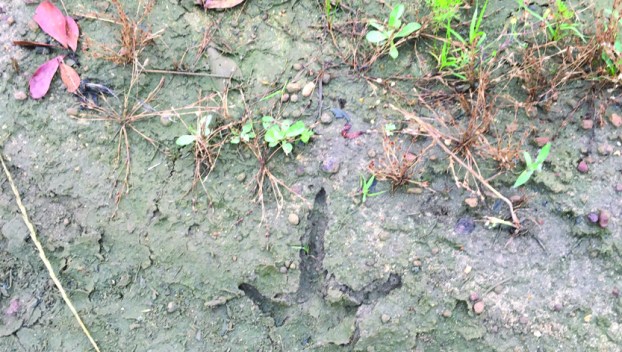
Sports
DAN KIBLER COLUMN: On the hunt for wild turkey
I was thinking the other day that I really need to start scouting for turkey season. It will ... Read more

I was thinking the other day that I really need to start scouting for turkey season. It will ... Read more